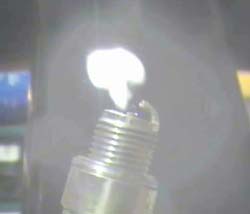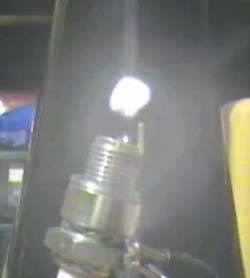The copper sheets of the EMA-7
Dear Mark,
I never thought these words relate to your own replication ?
The questions in the second part of my post #2823 did not concern your replication. I wanted to know more about the original, on the weird coil built by Hack in Blue Engine ("The copper inside Blue Engine supply") ...
As for the answer to the upper part of my post #2823, whose I thank you, and that right away has lighted me, I'll write you another post (tomorrow morning because now my wife called me to diner).
Best regards,
Arker
Originally posted by Spokane1
View Post
Dear Mark,
I never thought these words relate to your own replication ?
The questions in the second part of my post #2823 did not concern your replication. I wanted to know more about the original, on the weird coil built by Hack in Blue Engine ("The copper inside Blue Engine supply") ...
As for the answer to the upper part of my post #2823, whose I thank you, and that right away has lighted me, I'll write you another post (tomorrow morning because now my wife called me to diner).
Best regards,
Arker




Comment